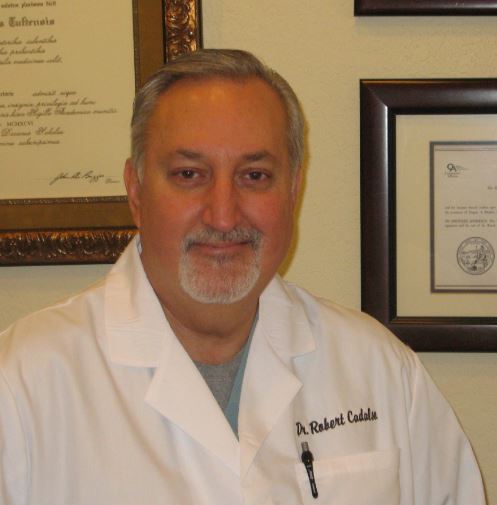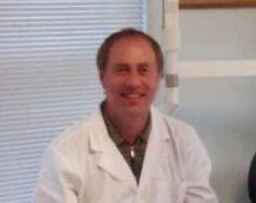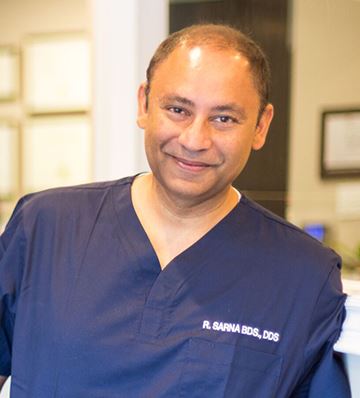“Why do dentists use X-rays?”
The dentist I go to used an X-ray to diagnose a cracked tooth in the back of my mouth. Was this X-ray really necessary? I feel like I would have been fine without the X-ray.
17 Answers
While not all cracks show in X-rays it is a very difficult problem to diagnose and often a tooth with a cracked root will have to be extracted. Studies have shown that only half of the problems in teeth are found if the dentist does not take an X-ray. So, your dentist probably took the X-ray to be extra certain that he had looked for every problem and had made the correct diagnosis.
Enables a dentist to see what you can't see visually looking in the mouth. Especially between teeth; where cavities can frequently occur. Early detection can prevent bigger problems down the road.
Unless it is a very big fracture of tooth surface a x-rays will not always show anything. Cracks in teeth can be hard to diagnose because a majority will never show up on x-rays and you need to use other test to diagnose the problem. If a tooth is cracked deep enough the nerve can die and that may be seen on x-ray
I’m a holistic based dentist and I have many patients that do not want an X-ray or are concerned with the radiation. It’s always in your best interest to get the X-ray if you want to keep your costs down. You can catch decay early on before there are lots of much more expensive and detrimental procedures.
We cannot see everything that is necessarily wrong with a tooth by merely looking at the tooth in your mouth. An analogy I often use is if there is something wrong with your engine in your car your mechanic must raise the hood and look inside. An x-ray is like “looking under the hood” of your tooth. If a tooth is abscessed (infected) it is visible inside the bone which can only be seen in an x-ray. Cracks are difficult to diagnose we sometimes request a CBCT a dental CT scan of the tooth to help evaluate a cracked tooth. In summation to properly diagnose tooth problems we need:
1. X-ray
2. Clinical Exam
3, Patient history of symptoms
Then we can properly determine a diagnosis of the problem and a plan of action to correct the issues
1. X-ray
2. Clinical Exam
3, Patient history of symptoms
Then we can properly determine a diagnosis of the problem and a plan of action to correct the issues
Radiographs are always necessary. You cannot adequately diagnose and treat a tooth without viewing the inner surfaces of the tooth as best we can (X-ray) and the surrounding tooth structures. In my opinion, treatment should never be completed without a radiograph for diagnosis and evaluation of surrounding anatomy.
An X-ray can show how bad a fracture is and if it can be reasonably restored or extracted. Yes, I would recommend an X-ray as it can show us things we can't see visually.
Some areas of the tooth and bone are not visible by direct vision and require an X-ray to be seen. If your dentist feels that they need to visualize these areas, an X-ray will be necessary. Many dental conditions are not visible with direct vision.
In most cases, a cracked tooth can’t be seen on an X-ray, but it is still needed to look for decay and nerve pathology.
You must have an X-ray to see the root of the tooth. Trust me, you NEED the X-ray.
X-rays show things that cannot be detected any other way. For example: decay between the teeth, an abscess at the tip of the root of a tooth, a root fracture, etc. There are times that X-rays are required to provide an insurance company with the information to gain payment for your treatment. As for a crack, there are times that a crack cannot be seen in an X-ray, but when a tooth has symptoms of a crack and the proper treatment is a crown, the insurance company will require an X-ray when a predetermination is requested. Today, most offices are using digital X-rays, which require a fraction of the radiation that traditional film used, so they are very safe. Today in dentistry, we use 3D X-rays to show things that traditional X-rays cannot show. Don't be afraid to ask about having X-rays taken, but realize that taking X-rays are part of the standard of care and a dentist is required to provide the standard of care for you and you cannot sign away your rights to the standard of care. In other words, even if you sign a note in the record demanding that X-rays not be taken and that you will not hold the dentist responsible, that is not legal or appropriate. I will and have dismissed patients who refuse to allow us to take X-rays when the standard of care justifies them.
Hi,
Dental X-rays are paramount in diagnosis in dentistry. We use them to diagnose cavities between teeth. Use them to diagnose dental infections, etc. X-rays in cracked tooth syndrome will tell us the severity of the crack, i.e., its depth, as the bone will drop at the site. Is the tooth infected? Can we salvage the tooth.... Depending on the signs and symptoms, an X-ray may be required.
Hope this helps.
Dental X-rays are paramount in diagnosis in dentistry. We use them to diagnose cavities between teeth. Use them to diagnose dental infections, etc. X-rays in cracked tooth syndrome will tell us the severity of the crack, i.e., its depth, as the bone will drop at the site. Is the tooth infected? Can we salvage the tooth.... Depending on the signs and symptoms, an X-ray may be required.
Hope this helps.
X-rays show where the crack is and how extensive it is, and additionally may show a change in the bone that indicated if the nerve is dying, ao they are necessary. Also, digital X-rays are very safe now as the X-ray dosage is much lower....
You were very lucky the X-ray showed the crack as most do not. Trans illumination is the best way to determine whether a crack exists along with the symptoms you describe. Crooked teeth are very elusive and can give the impression that it is one tooth when it is referred pain from another tooth, so it is difficult to pinpoint the outcome, at least in your case what's beneficial.














